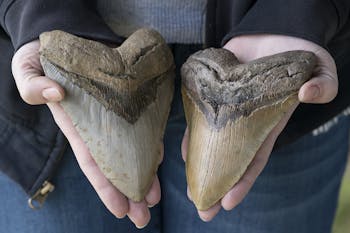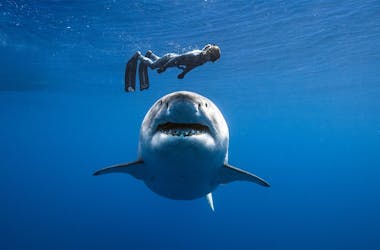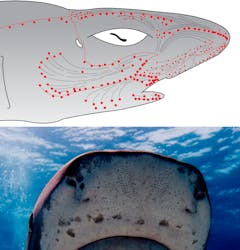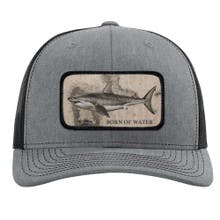How long have sharks been around?
Scientists believe that sharks have been around for about 455 million years (based on fossil scales that have been uncovered). Of the over 500 species, over 140 species of sharks are under threat and classified from ‘vulnerable’ to ‘critically endangered’.
Why are sharks important?
There are several reasons that sharks are important. And all those reasons point to the fact that the health of our oceans depends on them. First, sharks help to maintain the balance of our ocean ecosystems. While the predators help with population control, the bottom feeders and clean up crew work to keep our oceans clean. This contributes to the overall health of the oceans.
Additionally, sharks can act as effective carbon sinks - a phenomenon that happens when they die and they sink to the bottom of the ocean. This is beneficial to us because most of the carbon and carbon dioxide in their bodies remains at the bottom of the sea with them rather than being released into the atmosphere and the air we breathe. This is true of nearly all ocean creatures, and the larger the creature, the more carbon dioxide is kept out of the atmosphere.
Finally, sharks help to move key nutrients for other ocean dwellers due to how they live. Their migration patterns as well as their travels between the depths and surface allows these nutrients to travel along with them and move through the ocean. If all those other sea dwellers couldn’t get these key nutrients, the impact could be devastating to life above and below the surface. Sharks help to keep a balance in the food chain.
All of these factors play into why we need sharks and why they need to be protected.









